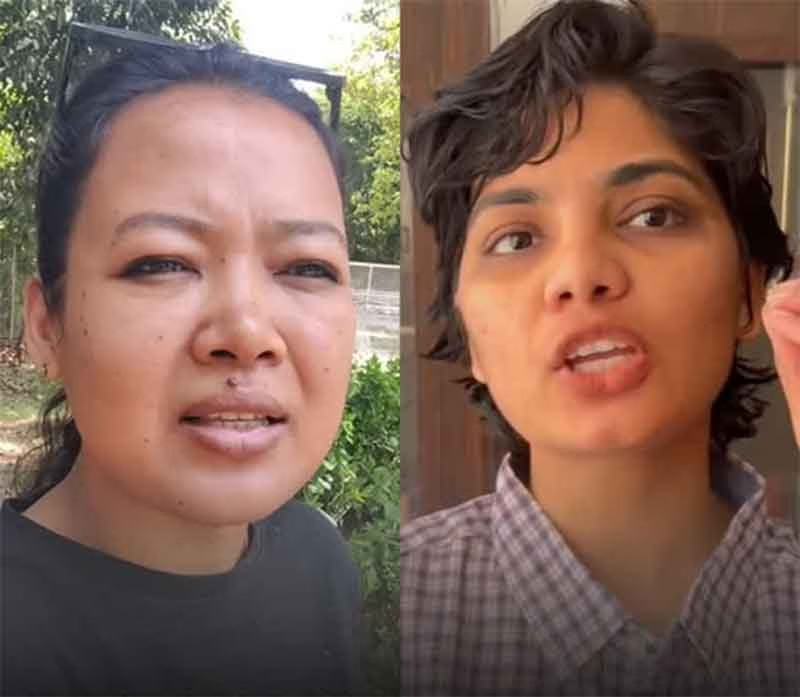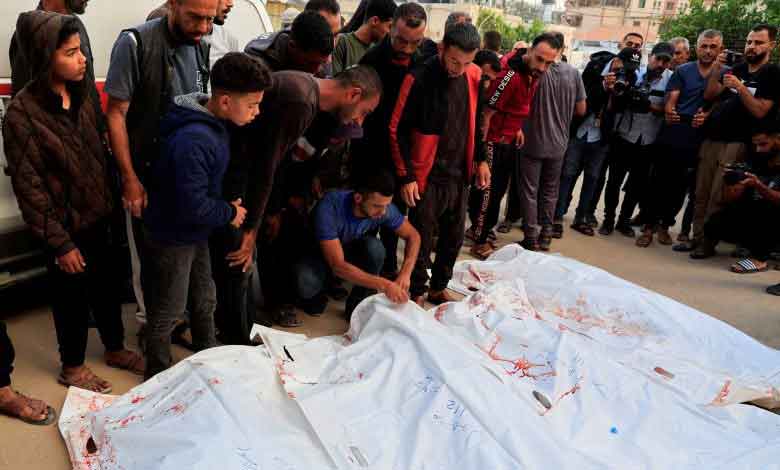
Whether Indian democracy has been converted into a mobocracy is a complex and debated question, with no definitive answer, as it depends on perspective, evidence, and interpretation. The term “mobocracy” implies rule by mobs or unchecked crowd behaviour overriding democratic institutions, laws, and processes. Critics argue that certain trends in India suggest a shift in this direction, while others maintain that the country’s democratic framework remains intact despite challenges. Below, I will explore the arguments, potential actors, and motives based on observable trends and public discourse, without claiming a conclusive judgment.
Arguments Suggesting a Shift Toward Mobocracy
Several incidents and patterns have led some observers to argue that Indian democracy is veering toward mobocracy:
– Rise in Mob Violence: High-profile cases of mob lynchings, often linked to rumours about cow slaughter or child kidnapping, have increased in recent years. For example, between 2015 and 2018, numerous incidents were reported, particularly in states like Uttar Pradesh, Rajasthan, and Jharkhand, where mobs attacked individuals, often from minority communities, with little immediate intervention from authorities. These acts bypass legal processes, suggesting a breakdown in the rule of law.
– Weak Institutional Response: Critics point to delayed or inadequate responses from law enforcement and the judiciary in curbing such violence. The Supreme Court in 2018 condemned these as “horrendous acts of mobocracy” and urged for a special anti-lynching law, yet implementation has been slow, raising questions about state capacity or willingness to act.
– Polarization and Populism: The political climate under the Bharatiya Janata Party (BJP), which has governed since 2014, has been accused of fostering division along religious and caste lines. Some argue that populist rhetoric and policies—like the Citizenship Amendment Act (CAA) of 2019—have emboldened fringe groups to take law into their own hands, interpreting silence or tacit support from leaders as permission.
– Erosion of Dissent: The use of sedition laws, arrests of activists (e.g., during the 2020-2021 farmers’ protests), and pressure on media have led some to claim that democratic checks are weakening, allowing mob sentiment to overshadow reasoned debate.
Counterarguments Defending Indian Democracy
Others argue that India remains a functioning democracy, not a mobocracy:
– Electoral Integrity: India continues to hold free and fair elections, with over 900 million voters participating in 2024. The BJP’s failure to secure a majority in the latest election, losing 63 seats, shows that voters can still check governmental power, countering the idea of mob rule.
– Institutional Resilience: The judiciary, despite criticism, has intervened in key cases (e.g., striking down parts of laws or ordering investigations). The opposition, though weakened nationally, remains vibrant at the state level, winning elections in places like West Bengal and Tamil Nadu.
– Cultural Context: Some scholars suggest that what appears as mobocracy reflects India’s historically illiberal social norms rather than a collapse of democracy. Periodic violence does not necessarily equate to systemic failure.
Who Might Be Responsible?
If one accepts the premise of a shift toward mobocracy, responsibility could be attributed to multiple actors:
– Political Leadership: Critics often point to the BJP and Prime Minister Narendra Modi, alleging that their Hindu nationalist agenda (Hindutva) and reluctance to unequivocally condemn mob violence have emboldened vigilante groups. For instance, statements from some BJP leaders justifying or downplaying lynchings (e.g., after the 2017 Pehlu Khan killing) have fueled this perception.
– Fringe Groups: Organizations like the Rashtriya Swayamsevak Sangh (RSS) and its affiliates, or local outfits like the Karni Sena, are accused of mobilizing mobs to enforce ideological goals, such as cow protection or cultural conformity.
– State Machinery: Weak policing and judicial delays—whether due to inefficiency, complicity, or political pressure—enable mob actions to go unpunished, creating a cycle of impunity.
– Society at Large: Some argue that India’s diverse, emotionally charged populace, amplified by social media (e.g., WhatsApp rumours), shares blame for bypassing democratic norms in Favor of instant “justice.”
Possible Motives
The motives behind such a shift, if deliberate, could include:
– Political Gain: Polarizing issues like religion or caste can consolidate vote banks, especially for parties like the BJP, which has historically leveraged Hindu identity. Encouraging or tolerating mob actions might signal strength to supporters while intimidating opponents.
– Ideological Enforcement: For Hindu nationalist groups, mob actions could be a tool to assert dominance over minorities and reshape India as a Hindu-centric state, aligning with the Hindutva vision.
– Control Through Chaos: A cynical view suggests that allowing mobocracy distracts from governance failures (e.g., economic slowdown) and keeps opposition reactive rather than proactive.
– Social Release: In a country with deep inequalities and frustrations, mobs might serve as an outlet for public anger, which political actors exploit rather than suppress.
Subscribe to Our Newsletter
Get the latest CounterCurrents updates delivered straight to your inbox.
Conclusion
India’s democracy faces undeniable strains—mob violence, polarization, and institutional challenges are real—but it has not fully transformed into a mobocracy. Elections, judicial oversight, and opposition activity persist, suggesting resilience. If a shift is occurring, responsibility likely lies with a mix of political leaders, fringe groups, and societal dynamics, driven by motives ranging from power consolidation to ideological zeal. However, the extent of this shift remains contested, and India’s democratic future hinges on how these tensions are addressed. What is clear is that the balance between democratic order and mob influence is under scrutiny, with no simple resolution in sight.
Courtesy: Grok 3
SR Darapuri, National President, All India Peoples Front
















































